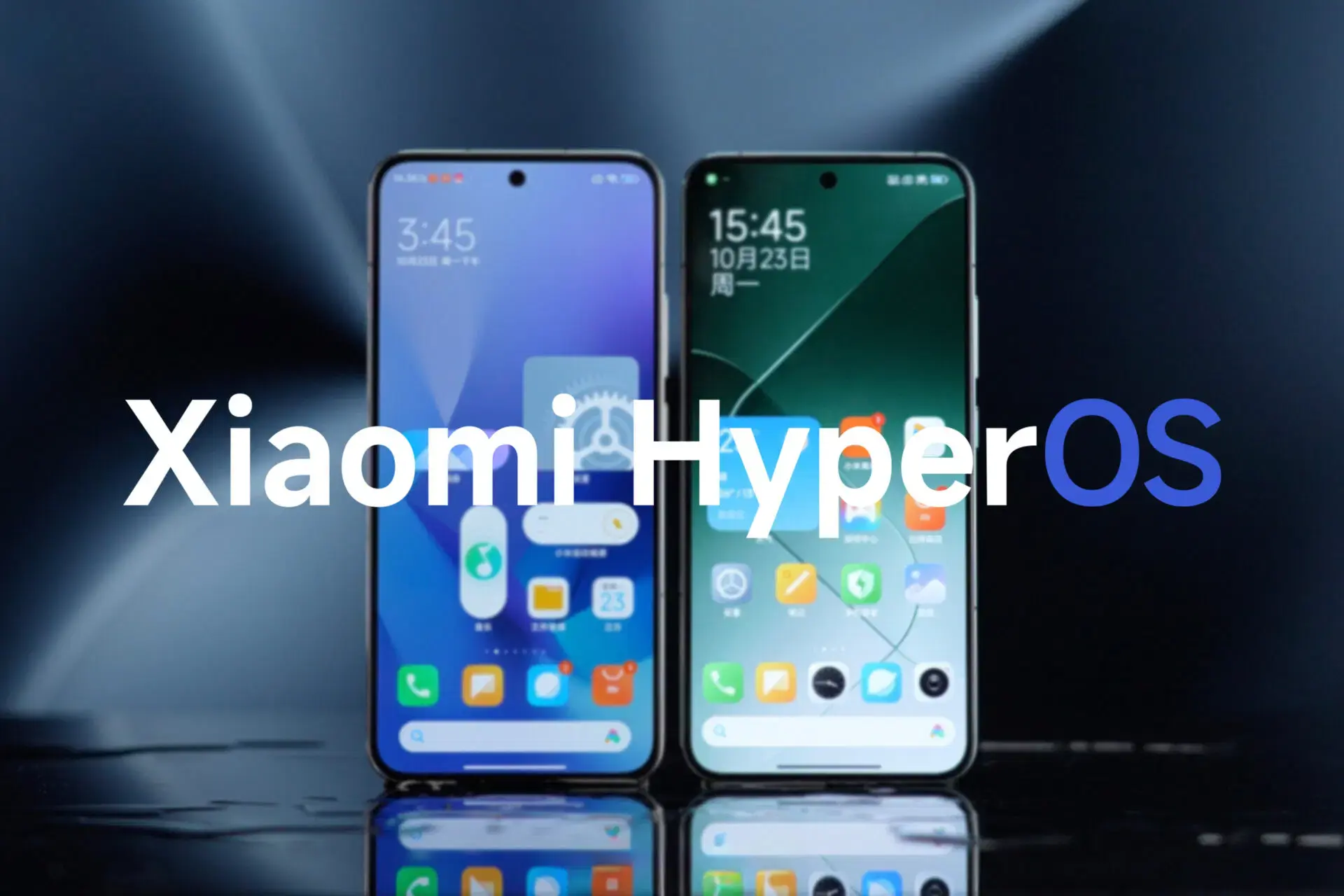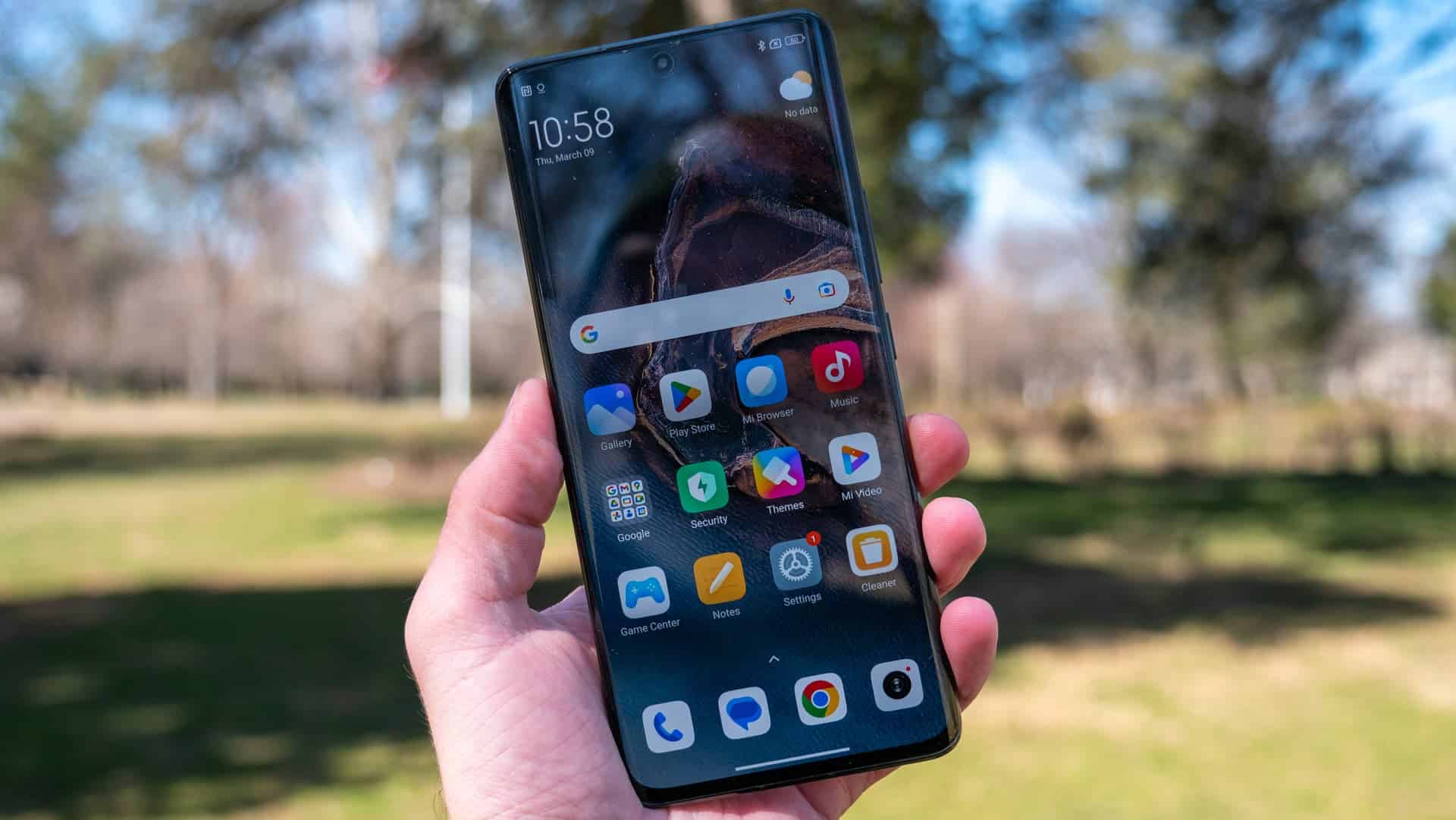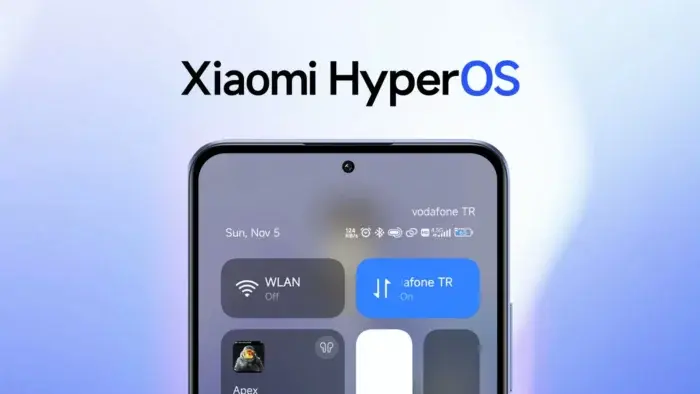Xiaomi, a brand known for pushing technological boundaries, has recently rolled out its highly anticipated HyperOS, creating a buzz in the tech community. The update has already made waves with its stable release for the POCO F5. Along with announcements for the Xiaomi 13 and Redmi Note 12S. As users delve into the intricacies of this new operating system, they are uncovering a myriad of features that not only enhance the user experience but also draw inspiration from the renowned iOS, bringing a touch of familiarity to Xiaomi‘s ecosystem.
Exploring the Features and Innovations of Xiaomi’s HyperOS: A Comprehensive Overview

Control Center Redefined
One of the standout features of HyperOS is the revamped Control Center. While the changes may not be groundbreaking, they are undeniably reminiscent of iOS, introducing subtle yet impactful improvements in functionality. A notable shift is observed in the music widget, which now seamlessly integrates playback control, eliminating the need for a cumbersome card in the notification area. Icons have undergone a redesign, abandoning the display of action names beneath them. Additionally, the volume and brightness controls bear a striking resemblance to iOS, occupying minimal space and ensuring accessibility for right-handed users.
Dynamic Notch: A Visual Treat
Taking cues from the iPhone 14 Pro’s Dynamic Island, Xiaomi introduces the Dynamic Notch in HyperOS. This innovative feature adapts to different actions within applications, dynamically expanding or contracting the top of the phone to showcase animations. Whether it’s charging, receiving notifications, connecting devices, or activating silent mode, the Dynamic Notch adds a visually engaging element to user interactions. This evolution aligns Xiaomi with the trend seen in models like the Realme C55, enhancing the overall aesthetic appeal of the device.
PNG Maker & Layer Editing: Unleashing Creativity
HyperOS brings forth a creative powerhouse with its PNG Maker and Layer Editing capabilities. Drawing inspiration from iOS, users can effortlessly create stickers by isolating objects from photos through a long press. Similar to iOS functionality, this feature detects and extracts objects from the background, creating a PNG image that can be edited further. The editing options include not only changing the background but also applying effects such as background blur. This empowers users to unleash their creativity, providing a platform for personalized and expressive content creation.
Ecosystem Integration: A Leap Towards Seamless Connectivity
While HyperOS incorporates features inspired by iOS, Xiaomi takes a significant leap forward in creating a comprehensive ecosystem. In a move reminiscent of industry giants like Samsung and Apple, Xiaomi aims to connect all updated devices to the central hub – the mobile phone. The ecosystem vision extends beyond geographical boundaries, as seen in China. Where a multitude of Xiaomi devices work in tandem through various applications. With HyperOS, the brand envisions a seamless communication network between devices, fostering a cohesive ecosystem experience. Although primarily showcased in China, there’s optimism that this integration will extend to the global market with the widespread adoption of HyperOS.
The Road Ahead for Xiaomi HyperOS
As users continue to explore the depths of Xiaomi’s HyperOS, the parallels with iOS become more apparent. Showcasing a blend of inspiration and innovation. The Control Center’s iOS-esque design, the visually captivating Dynamic Notch, the creative freedom offered by PNG Maker and Layer Editing, and the ambitious ecosystem integration collectively contribute to a transformative user experience.
Beyond these iOS-inspired features, HyperOS is expected to evolve further, introducing additional enhancements and refinements. Xiaomi’s commitment to staying at the forefront of technological advancements is evident in the ongoing rollout and the company’s pursuit of a seamless, interconnected ecosystem.
As HyperOS gains traction and becomes more widely available, users can anticipate a future where Xiaomi’s ecosystem competes on a global scale. Offering a unique blend of user-friendly features and cross-device connectivity. The influence of iOS on HyperOS serves as a testament to the collaborative nature of technological progress. Where innovations from one platform inspire advancements on another.
Overall, the ongoing rollout of HyperOS marks a significant chapter in Xiaomi’s journey, solidifying its position as a tech trailblazer. As users embrace the iOS-inspired features and the promise of a cohesive ecosystem, the tech landscape eagerly awaits the next wave of innovations from Xiaomi. With HyperOS at the helm, the future of Xiaomi’s operating systems appears promising, setting the stage for a new era of interconnected, user-centric experiences.
Other features we want Xiaomi’s new HyperOS to borrow from iOS

Stability and Performance:
- Rock-solid stability: iOS is known for its smooth and stable performance, even on older devices. Users would appreciate it if HyperOS could offer similar reliability and avoid common bugs or performance hiccups.
- Long-term software support: Apple provides extended software updates for its devices, ensuring they stay secure and functional for several years. Users might wish for HyperOS to follow suit and offer longer update cycles for Xiaomi phones.
Privacy and Security:
- Robust privacy controls: iOS offers granular control over app permissions and data access, giving users more autonomy over their privacy. Users might want similar privacy features in HyperOS, allowing them to manage how apps access their data.
- Strong security measures. Apple is known for its focus on security, with features like regular security updates and built-in security tools. Users might appreciate if HyperOS prioritizes security similarly, offering robust protection against malware and other threats.
User Interface and Experience:
- Intuitive and user-friendly interface.iOS is known for its simple and intuitive interface that is easy to navigate even for non-technical users. Users might want HyperOS to adopt a similar approach, focusing on ease of use and clarity.
- Polished design and animations: iOS boasts a consistent and aesthetically pleasing design language with smooth animations. Users might desire a similar level of polish and attention to detail in HyperOS’s user interface.
Additional Features:
- iMessage: Apple’s iMessage service offers a feature-rich messaging experience with functionalities like group chats, effects, and integration with other Apple services. Users might want a similar messaging platform in HyperOS that seamlessly integrates with Xiaomi’s ecosystem.
- AirDrop: AirDrop allows users to easily share files wirelessly between Apple devices. A similar feature in HyperOS could be convenient for Xiaomi users.
Integration and Ecosystem:
- Continuity features: Seamless continuation of tasks across different Xiaomi devices, similar to Apple’s Handoff and Universal Clipboard, would enhance user experience and productivity.
- Cloud services. A robust and user-friendly cloud storage and syncing solution akin to iCloud could offer convenient access to data and files across devices.
- Deep integration with Xiaomi smart home devices. Tight integration with Xiaomi’s growing smart home ecosystem. Providing intuitive control and automation possibilities within HyperOS, would appeal to tech-savvy users.
Personalization and Customization:
- Advanced widget system: A customizable widget system like iOS’s, allowing users to personalize their home screen with dynamic information and quick access to frequently used functions, could boost user engagement.
- Theme options and app icon customization: Offering a variety of themes and the ability to customize app icons, as on iOS, would cater to users who value personalization and a unique phone experience.
- Siri-like virtual assistant: A sophisticated virtual assistant like Apple’s Siri, integrated within HyperOS, could provide voice-based control, information retrieval, and automation, enhancing user convenience.
Focus on Health and Wellness:
- Health and fitness tracking: Integrating features like activity tracking, sleep analysis, and mindfulness apps, similar to Apple’s Health app, could cater to the growing interest in health and wellness.
- Screen time management tools: Built-in tools for monitoring and managing screen time, inspired by iOS’s Screen Time feature, could be helpful for both children and adults to promote mindful device usage.
Gaming and Entertainment:
- High-performance gaming mode. Optimizations for performance and battery life while gaming, similar to iOS’s Game Center, could attract mobile gamers to Xiaomi devices.
- Curated app store with exclusive content: An app store with high-quality apps and potentially even some exclusive content, like Apple Arcade, could differentiate HyperOS and attract users.
So, these are just a few additional ideas. And the ultimate direction of HyperOS will depend on Xiaomi’s vision and user feedback. However, incorporating some of these elements inspired by iOS could potentially make HyperOS a more compelling and competitive mobile operating system.





